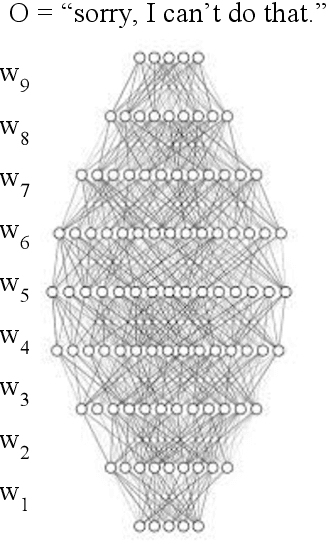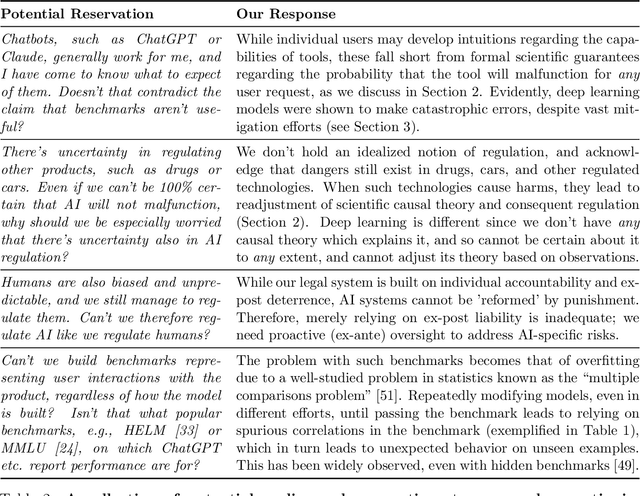Eliya Habba
JSON Whisperer: Efficient JSON Editing with LLMs
Oct 06, 2025Abstract:Large language models (LLMs) can modify JSON documents through natural language commands, but current approaches regenerate entire structures for each edit, resulting in computational inefficiency. We present JSON Whisperer, a framework that enables LLMs to generate RFC 6902 diff patches-expressing only the necessary modifications-rather than complete documents. We identify two key challenges in patch-based editing: (1) LLMs often miss related updates when generating isolated patches, and (2) array manipulations require tracking index shifts across operations, which LLMs handle poorly. To address these issues, we introduce EASE (Explicitly Addressed Sequence Encoding), which transforms arrays into dictionaries with stable keys, eliminating index arithmetic complexities. Our evaluation shows that patch generation with EASE reduces token usage by 31% while maintaining edit quality within 5% of full regeneration with particular gains for complex instructions and list manipulations. The dataset is available at: https://github.com/emnlp2025/JSON-Whisperer/
ReliableEval: A Recipe for Stochastic LLM Evaluation via Method of Moments
May 28, 2025Abstract:LLMs are highly sensitive to prompt phrasing, yet standard benchmarks typically report performance using a single prompt, raising concerns about the reliability of such evaluations. In this work, we argue for a stochastic method of moments evaluation over the space of meaning-preserving prompt perturbations. We introduce a formal definition of reliable evaluation that accounts for prompt sensitivity, and suggest ReliableEval - a method for estimating the number of prompt resamplings needed to obtain meaningful results. Using our framework, we stochastically evaluate five frontier LLMs and find that even top-performing models like GPT-4o and Claude-3.7-Sonnet exhibit substantial prompt sensitivity. Our approach is model-, task-, and metric-agnostic, offering a recipe for meaningful and robust LLM evaluation.
DOVE: A Large-Scale Multi-Dimensional Predictions Dataset Towards Meaningful LLM Evaluation
Mar 04, 2025Abstract:Recent work found that LLMs are sensitive to a wide range of arbitrary prompt dimensions, including the type of delimiters, answer enumerators, instruction wording, and more. This throws into question popular single-prompt evaluation practices. We present DOVE (Dataset Of Variation Evaluation) a large-scale dataset containing prompt perturbations of various evaluation benchmarks. In contrast to previous work, we examine LLM sensitivity from an holistic perspective, and assess the joint effects of perturbations along various dimensions, resulting in thousands of perturbations per instance. We evaluate several model families against DOVE, leading to several findings, including efficient methods for choosing well-performing prompts, observing that few-shot examples reduce sensitivity, and identifying instances which are inherently hard across all perturbations. DOVE consists of more than 250M prompt perturbations and model outputs, which we make publicly available to spur a community-wide effort toward meaningful, robust, and efficient evaluation. Browse the data, contribute, and more: https://slab-nlp.github.io/DOVE/
Beyond Benchmarks: On The False Promise of AI Regulation
Jan 26, 2025



Abstract:The rapid advancement of artificial intelligence (AI) systems in critical domains like healthcare, justice, and social services has sparked numerous regulatory initiatives aimed at ensuring their safe deployment. Current regulatory frameworks, exemplified by recent US and EU efforts, primarily focus on procedural guidelines while presuming that scientific benchmarking can effectively validate AI safety, similar to how crash tests verify vehicle safety or clinical trials validate drug efficacy. However, this approach fundamentally misunderstands the unique technical challenges posed by modern AI systems. Through systematic analysis of successful technology regulation case studies, we demonstrate that effective scientific regulation requires a causal theory linking observable test outcomes to future performance - for instance, how a vehicle's crash resistance at one speed predicts its safety at lower speeds. We show that deep learning models, which learn complex statistical patterns from training data without explicit causal mechanisms, preclude such guarantees. This limitation renders traditional regulatory approaches inadequate for ensuring AI safety. Moving forward, we call for regulators to reckon with this limitation, and propose a preliminary two-tiered regulatory framework that acknowledges these constraints: mandating human oversight for high-risk applications while developing appropriate risk communication strategies for lower-risk uses. Our findings highlight the urgent need to reconsider fundamental assumptions in AI regulation and suggest a concrete path forward for policymakers and researchers.
Visual Riddles: a Commonsense and World Knowledge Challenge for Large Vision and Language Models
Jul 28, 2024Abstract:Imagine observing someone scratching their arm; to understand why, additional context would be necessary. However, spotting a mosquito nearby would immediately offer a likely explanation for the person's discomfort, thereby alleviating the need for further information. This example illustrates how subtle visual cues can challenge our cognitive skills and demonstrates the complexity of interpreting visual scenarios. To study these skills, we present Visual Riddles, a benchmark aimed to test vision and language models on visual riddles requiring commonsense and world knowledge. The benchmark comprises 400 visual riddles, each featuring a unique image created by a variety of text-to-image models, question, ground-truth answer, textual hint, and attribution. Human evaluation reveals that existing models lag significantly behind human performance, which is at 82\% accuracy, with Gemini-Pro-1.5 leading with 40\% accuracy. Our benchmark comes with automatic evaluation tasks to make assessment scalable. These findings underscore the potential of Visual Riddles as a valuable resource for enhancing vision and language models' capabilities in interpreting complex visual scenarios.
The Perfect Victim: Computational Analysis of Judicial Attitudes towards Victims of Sexual Violence
May 09, 2023Abstract:We develop computational models to analyze court statements in order to assess judicial attitudes toward victims of sexual violence in the Israeli court system. The study examines the resonance of "rape myths" in the criminal justice system's response to sex crimes, in particular in judicial assessment of victim's credibility. We begin by formulating an ontology for evaluating judicial attitudes toward victim's credibility, with eight ordinal labels and binary categorizations. Second, we curate a manually annotated dataset for judicial assessments of victim's credibility in the Hebrew language, as well as a model that can extract credibility labels from court cases. The dataset consists of 855 verdict decision documents in sexual assault cases from 1990-2021, annotated with the help of legal experts and trained law students. The model uses a combined approach of syntactic and latent structures to find sentences that convey the judge's attitude towards the victim and classify them according to the credibility label set. Our ontology, data, and models will be made available upon request, in the hope they spur future progress in this judicial important task.
 Add to Chrome
Add to Chrome Add to Firefox
Add to Firefox Add to Edge
Add to Edge